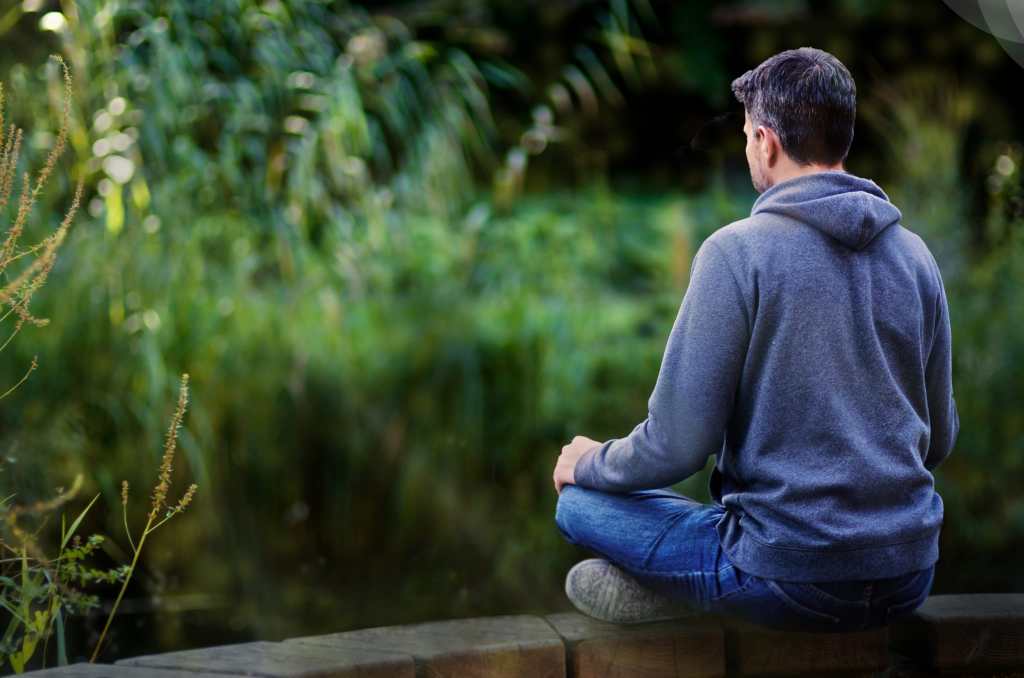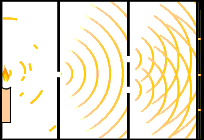
Humans often find themselves unaware they’re dreaming, but occasionally, we experience a phenomenon called lucid dreaming. In these instances, we become conscious within our dreams, recognizing the dream state while still asleep. What’s fascinating is that during lucid dreams, we not only realize we’re dreaming but also gain control over our actions within the dream world. This intriguing aspect of consciousness has garnered attention from researchers and lay people seeking to understand its underlying mechanisms.
Have you ever had a nightmare and wished so bad that you could wake up? Or how about you dream you are on the beach with your lover and everything is perfect and then you wake up? And have you ever wished you could control your dreams? Well, you likely said yes to all three of these questions. Would you be surprised to know that you can control or stay lucid in the dream state and your dreams will come true?
I have practised Dream Yoga since I was a small child, I thought that I just had a really rich inner life until at a rave party I had a discussion with another guy and his message changed my life, well at least my nights. I learned that I was not alone with this experience and better yet that I could actually practice a few things and maybe even enhance the quality of my nightly adventures.

Here is my technique, take a few moments before you go to bed and in a relaxed way, stare at your hands and repeat several times “when I see my hands I will know that I am dreaming, when I see my hands I will know that I am dreaming” 5 or 6 times should do. Then say ” when I know that I am dreaming I can do anything, When I know that I am dreaming I can do anything” also about five or six times. Turn out the light and sweet dreams.
Many ask me what some of my common experiences are, well the biggest on is that I have never had a nightmare for many years now. If I don’t like the dream I just fly off somewhere else more beautiful. Maybe it’s not like flying, I sort of just beam myself to another location, like in Star Trek.
It seems to be quite common at least for me that the best time to dream is from 03:00 till your alarm wakes up and when you are really good at it you can dream between snoozes. In your dream state one sees on a fundemental basis that the energy of consciousness directly influences our perception of a situation. Hence the formula C=E=mc2 where consciousness and Energy are equal to one another.

Tibetan yogis have been training in dream yoga (milam Tibetan)and clear light yoga (ösel Tibetan) for more than a thousand years. The idea is to transcend samsara by recognising the illusory nature of all appearances. The reasoning is that we sleep 33% of our lives why not use this time also to meditate. One could realise enlightenment in their dreams or because of the training realise the illusory nature of the waking world. Both states of existence or Bardos have similar qualities, and are not to be taken as real and independently existing. Not talking things so seriosly and being here are now is key.
These two practices were kept and transmitted by a famous yogi called Naropa, his 6 yogas are sometimes called the “Way of means” as opposed to the “way of devotion” in the Kagyu Tradition. To learn these practices one would normally have to already have a tremendous amount of devotion or be required to practice at least 4 or 5 Ngondros. and be in retreat for at least 3 years. Today this has changed many modern yogis or Buddhist lamas have broken the tradition and begun to teach modern yogis these techniques because if they do not the teachings will be lost.
Some theorists have suggested that the phenomena observed in quantum physics, such as the non-locality of particles and the role of observation in determining outcomes, may have parallels with the subjective experience of consciousness and perception, including the phenomenon of lucid dreaming.
David Bohm was a theoretical physicist who proposed an interpretation of quantum mechanics known as the “Bohmian interpretation” or “pilot-wave theory.” He suggested that quantum particles are guided by an underlying order or “implicate order,” which may have implications for consciousness and the mind.
Roger Penrose is a mathematical physicist who, along with Stuart Hameroff, proposed the “orchestrated objective reduction” (Orch-OR) theory of consciousness. This theory posits that consciousness arises from quantum processes occurring within microtubules in neurons. While controversial, this theory suggests a connection between quantum physics and consciousness.
Henry Stapp is a theoretical physicist who has written extensively on the relationship between quantum mechanics and the mind. He has proposed that conscious experience involves the collapse of the quantum wave function and that mental processes may influence the outcome of quantum events and by extension the world around us.
Evan Thompson is a philosopher and cognitive scientist who has explored the relationship between consciousness and quantum physics from a philosophical perspective. In his book “Waking, Dreaming, Being: Self and Consciousness in Neuroscience, Meditation, and Philosophy,” he discusses the parallels between the experience of lucid dreaming and certain aspects of quantum mechanics.
These theorists have approached the topic from various perspectives, ranging from physics and neuroscience to philosophy and psychology. While their ideas remain speculative and controversial, they have sparked interesting discussions and debates about the nature of consciousness and its potential connections to the fundamental principles of quantum physics. It is as if the dream world does not cause the wavefront to collapse into particles, but leaves the conscious player to choose outcomes and situations in a fluid and relaxed way. Can you imagine playing in the Superposition of the universe?
Scientific studies have provided evidence supporting the existence of lucid dreaming as an objectively verifiable phenomenon. Researchers have utilized techniques such as polysomnography and functional magnetic resonance imaging (fMRI) to examine brain activity during lucid dreaming episodes. These studies have shown increased brain activity in regions associated with self-awareness and metacognition, such as the prefrontal cortex and parietal cortex, during lucid compared to non-lucid REM sleep.
Moreover, research has revealed considerable variability in the frequency of lucid dreaming among individuals. While some people experience lucid dreams infrequently or never, others report having them several times per week or even nightly. This variation has led researchers to explore potential differences in brain structure and function that may be associated with the frequency of lucid dreaming.
Recent studies have suggested a possible link between the frequency of lucid dreaming and specific brain regions, particularly the anterior prefrontal cortex (aPFC). The aPFC is known to be involved in metacognitive processes, such as self-reflection and monitoring internal states. Individuals with higher levels of metacognitive ability have been found to exhibit greater activation in the aPFC and show differences in gray matter volume in this region.
To further investigate this connection, researchers have conducted studies comparing brain structure and function in individuals who experience frequent lucid dreams with those who experience them less often. By controlling for variables such as dream recall frequency, these studies aim to determine whether differences in brain anatomy and connectivity are associated specifically with the frequency of lucid dreaming.

One such study employed advanced neuroimaging techniques, including voxel-based morphometry (VBM) for structural analysis and resting-state functional connectivity analysis for functional assessment. The results of these studies could provide valuable insights into the neural basis of lucid dreaming and deepen our understanding of consciousness and the brain’s remarkable ability to generate and manipulate subjective experiences during sleep.
Sleep well and sweet dreams
QP

















































































